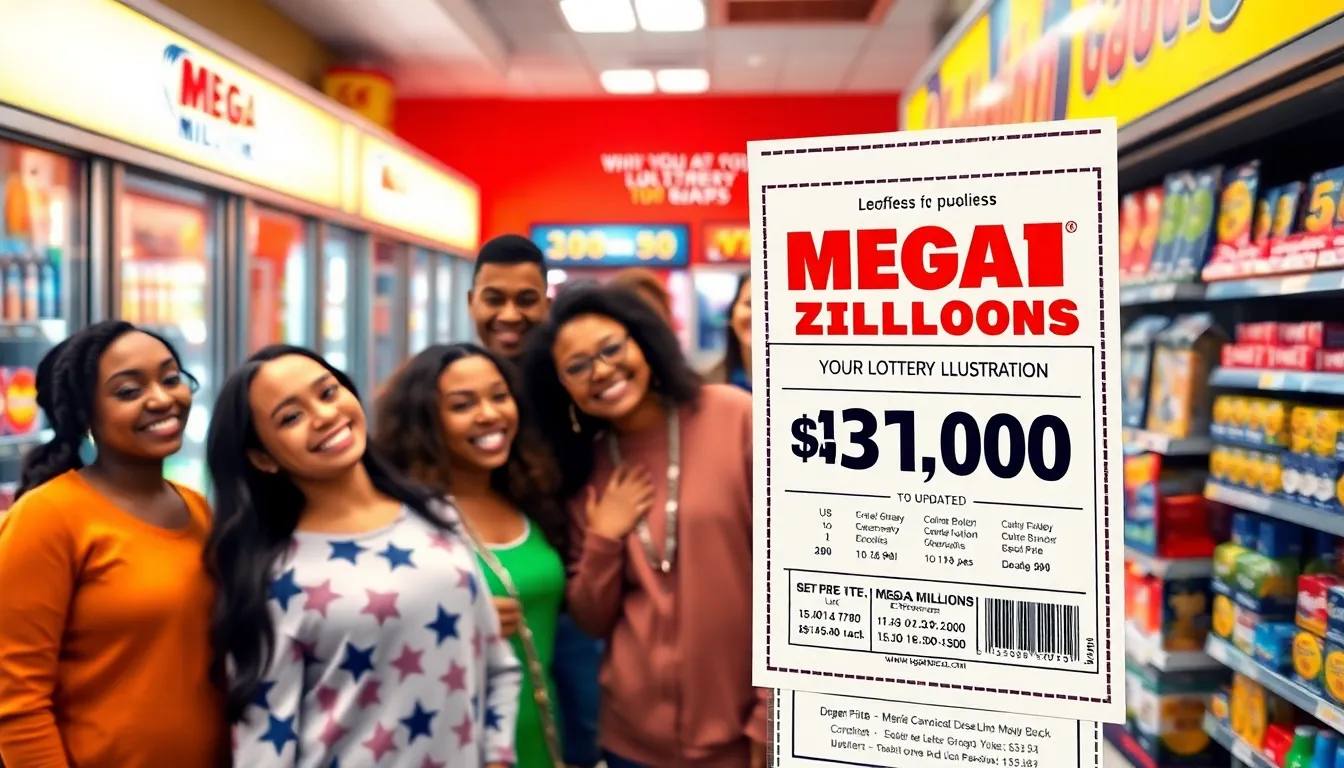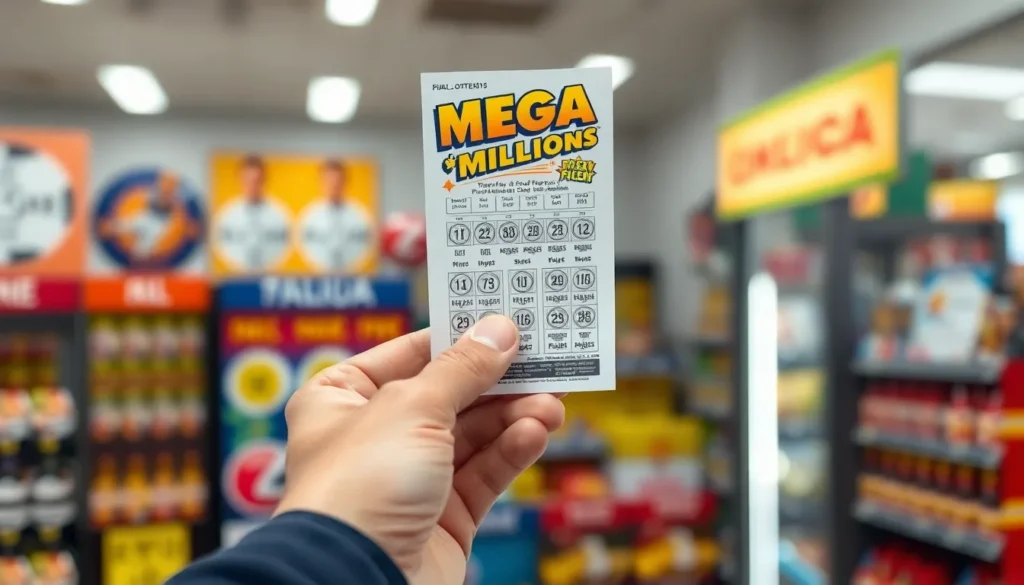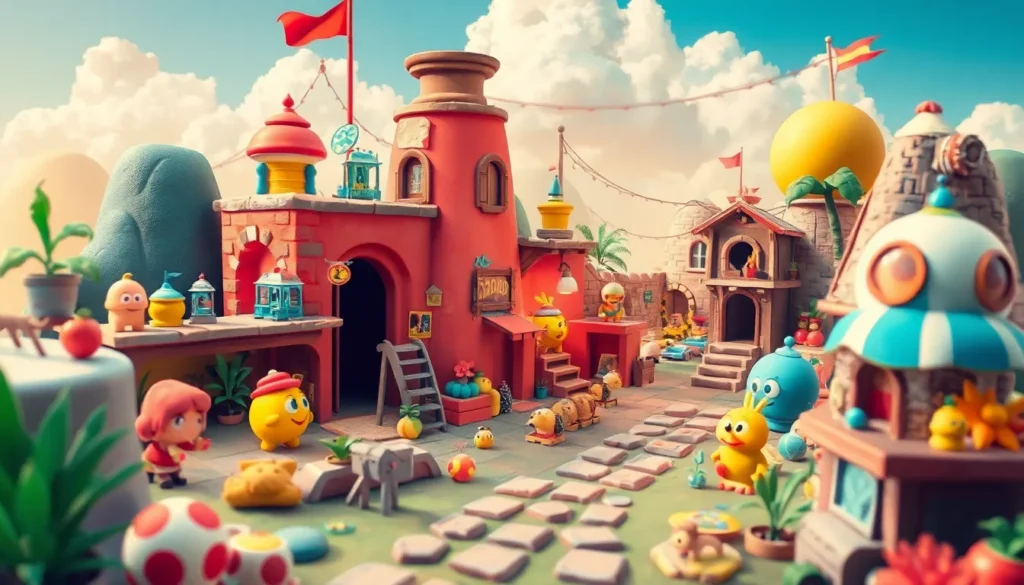Table of Contents
ToggleWhen it comes to dreams of striking it rich, the Mega Millions lottery has always been a beacon of hope—and now it’s about to cost a little more to chase that dream. With a price increase on the horizon, players might wonder if they’re getting more bang for their buck or just a ticket to disappointment. After all, who wouldn’t want to shell out a few extra dollars for a shot at life-changing millions?
But before you start calculating your potential winnings while sipping your overpriced coffee, it’s worth exploring what this price hike could mean for both players and the lottery itself. Will it lead to bigger jackpots or just a heavier wallet? Buckle up as we dive into the details of this price increase and what it means for your chances of becoming the next lottery legend.
Overview Of The Mega Millions Lottery Price Increase
The Mega Millions lottery has announced a price increase for tickets, moving from $2 to $3. This change is designed to enhance the game, potentially leading to larger jackpots and improved player experience. Players may wonder how this extra dollar will affect their chances of winning, considering the implications of increased ticket costs.
In each drawing, the price adjustment aims to produce bigger prizes. Larger jackpots may attract more players, thereby increasing overall sales. Experts note that higher ticket prices often correlate with larger payouts due to increased pool funding.
Many states participate in the Mega Millions lottery, contributing to the collective prize pool. Ticket sales from different states can significantly influence jackpot sizes. Research shows that around $6 billion were generated in ticket sales for Mega Millions in recent years. This increase in ticket price could result in similar or even higher figures.
Players might also assess their budgets in light of this new pricing structure. Some individuals may feel the pinch of frequent purchases, especially if they engage in multiple drawings per week. However, many avid players see the value in investing a little more for a shot at life-changing wins.
Ultimately, the Mega Millions organization hopes to balance increased ticket costs with the excitement of potential winnings. They aim to create an enticing atmosphere for future drawings. This price change marks a significant shift in the game’s dynamic, encouraging discussions among players regarding their lottery strategies.
Reasons Behind The Price Increase

The Mega Millions ticket price hike generates discussions about its underlying reasons. This change reflects an effort to enhance the lottery experience for players.
Enhanced Prize Pools
Increased ticket prices directly contribute to enhanced prize pools. Bigger jackpots often attract more participants, resulting in greater ticket sales. With a projected rise in revenue, the prize funding expands, allowing more substantial winnings. States running the lottery expect to see larger payouts that draw in both new and existing players. Evidence suggests that higher ticket prices correlate positively with the jackpot amounts. This increased funding aims to not only satisfy current players but also entice those who consider participating in the future.
Increased Operational Costs
Growing operational costs drive the necessity for a ticket price adjustment. Inflation consistently affects costs related to marketing, staffing, and prize distribution. More participants require enhanced infrastructure to support smooth operations. This change helps maintain a stable and engaging experience for players. Furthermore, increased expenses arising from regulatory compliance add to the financial burden of operating the lottery. Adjusting ticket prices allows organizations to keep pace with these rising operational costs, ensuring a sustainable lottery for all participants.
Impact On Players
Players face changes due to the Mega Millions price hike from $2 to $3 per ticket. This adjustment will influence how individuals approach lottery participation.
Changes In Ticket Purchase Behavior
Higher ticket prices may lead many players to limit their spending. They often reconsider how frequently they buy tickets. Some enthusiastic participants might shift to purchasing fewer tickets but increase their collective investment. Research indicates that players often adjust their lottery strategies based on ticket costs. Increased ticket prices typically encourage more careful budgeting among existing players and might attract a new demographic interested in the potentially larger jackpots.
Perception Of Value
Value perception shifts when the price of tickets rises. Many players gauge their chances of winning against the cost of entry. Some individuals may view the price increase as enhancing the excitement surrounding potential winnings. Evidence shows that higher ticket prices correlate with larger jackpots, creating perceived value among players. Enthusiastic participants often believe investing more leads to bigger payoffs. The increase could foster a greater appreciation for the experience, balancing cost with the thrill of the game.
Potential Benefits
The recent Mega Millions ticket price increase offers several potential advantages for players and states alike.
Larger Jackpots
Higher ticket prices generally contribute to larger jackpots. Enhanced prize pools often result from increased sales, attracting more participants. Players benefit from the excitement of potentially life-changing winnings. For instance, past trends indicate that jackpots can escalate quickly, exceeding expectations as more players engage due to perceived value. Experts note that an increase in ticket price frequently correlates with significant prize amounts, creating a more thrilling lottery experience. This strategic adjustment aims to foster player interest while simultaneously elevating the stakes, making the game more enticing.
Increased Funding For State Programs
The price hike also generates additional funding for state programs. Revenue from larger ticket sales typically supports vital community initiatives such as education and public services. States can allocate increased lottery funds to programs that directly benefit residents. This financial boost often enhances infrastructure, healthcare, and recreational opportunities. Increased funding is essential in maintaining and expanding these programs. By investing in long-term community welfare, the Mega Millions lottery creates a positive impact, showcasing its role in contributing to social betterment.
The Mega Millions lottery price increase is set to reshape the playing field for many participants. As players adjust their strategies and budgets, the potential for larger jackpots could create a more thrilling experience. This change not only aims to enhance the prize pool but also supports community initiatives funded by lottery revenues.
While some may feel the pinch of increased ticket prices, others might embrace the chance for bigger rewards. Ultimately, this adjustment invites a reevaluation of how players engage with the game. The future of Mega Millions looks promising, with the possibility of attracting new players and maintaining excitement in the lottery landscape.







